- About the tour
- Trip Includes
- Trip Excludes
- Gallery
- Reviews
- Booking
- Downloads
- Payment Terms
- Items To Carry/Essentials
- What can you expect
Itineraries
Day 1
Reach Manas
We meet at Guwahati Airport around 12:30 PM and travel from to our accommodation inside the Manas National Park with sumo or similar vehicle. We check in to our accommodation which would be located right in the heart of the Manas wildlife sanctuary. Have an ice breaking and orientation session. Plan for the coming 3 days!
Day 2, 3, and 4
Explore Manas
Wake up call at 5 AM. Get ready for the morning safari.
Enjoy the morning safari. Manas has a wealth of wildlife and is very picturesque. Twenty species of birds (including the rare Bengal florican) and animals that figure in the highly-endangered list of IUCN (International Union for Conservation of Nature and Natural Resources) red data book make these jungles their home. Migratory birds come here during winter and fly back at the onset of summer. Along the river banks, one can spot water birds such as mergansers, Brahminy ducks, and egrets. The park covers an area of 2,840 km, but its core area is 360 km. While tiger sighting is rare, you might just catch sight of the golden langur, the Asiatic buffalo, wild bison, wild dog (dhole), otter and civet. The rare red pandas are also found here but on the Bhutan side. The park has eastern Himalayan moist mixed deciduous forests. The eastern alluvial grassland also covers a major portion of the park. These grasslands are grazing grounds for many herbivores).
Manas is one of the few national parks where you can undertake full day safari. So after 4-5 hours of exploring the jungle we take a stop for lunch. Lunch would either be packed when we leave our accomodation in the morning or if we are near the out skirts of the park we have lunch at the nearyby dhabas.
After lunch we resume the safari, enjoying the cool evening breeze blowing in the forest, learn to identify different bird and mammal calls. The guides will keep on educating you about the ways of the jungle, imparting knowledge about its different denizens all the while trying to locate the big cat for you.
Around 6 p.m we come back from Safari, have snacks, freshen up and the group would have a lively discussion about the various sighting and happenings in the safari.This would be followed by a review of photographs and exchange of tips with advice if needed for improvements needed.
Have a sumptuous dinner and retire for the day.
Day 5
Back Home
At 7 a.m. we wake up, get ready and have a good breakfast. We start for Guwahati around 8 AM. Lunch would be on the way to Guwahati
Reach Guwahati around 2 PM. The tour would end here but as we head back to our home, we will always remember this beautiful place and the wonderful experience we would here with the new friends that we met on this tour.
- Accommodation for all nights in Manas National Park
- All transfers to and from Guwahati airport.
- Breakfast Lunch and Dinner for all the days while on tour
- 3 full day Open Gypsy Safaris
- All park entry fees
- Gypsy charges
- Guide charges
- Camera charges if applicable.
- Guidance during the photography sessions
- Travel cost from your starting place till Guwahati and back.
- Personal expenses such as laundry, water bottles, cold drinks etc.
- Gratuity/tips to guides/drivers.
- Any item not mentioned in the inclusions.
Please Note: Consuming and carrying alcoholic beverages on any of our tours is strictly prohibited.
50% advance payment on the booking date and balance 50% on or before 90 days of travel.
Cancellation Policy
- 50% refund if canceled before 90 days of travel.
- No refund if canceled after above mentioned days
Please Note: During camp, strictly follow the instructions of the camp leader, guide, and the organizing staff.
- Clothing related items:- Light colored clothes (preferably t-shirts, pants, tracksuits, salwar kameez etc), cap, scarf, handkerchiefs, socks, towel, bedsheet.
- Medically related items:- Band-Aid strips, washing and bathing soap, personal medicines prescribed by doctors.
- Personal Hygiene:- Toothbrush, toothpaste, toiletries, hair cream, comb, napkins.
- Others:- Torch (with an extra pair of batteries), water bottle, sunglasses, camera.
- Knowledge of the flora and fauna of the forest.
- Approaching wildlife in the field.
- Identification of different mammals and birds
- Pugmark study and bird calls study.
- Exposure control while taking photographs.
- Framing and composition
- Living close to nature Amazing memories Desire to explore other places
- Please Note: During camp strictly follow the instructions of the camp leader,guide and the organizing staff.

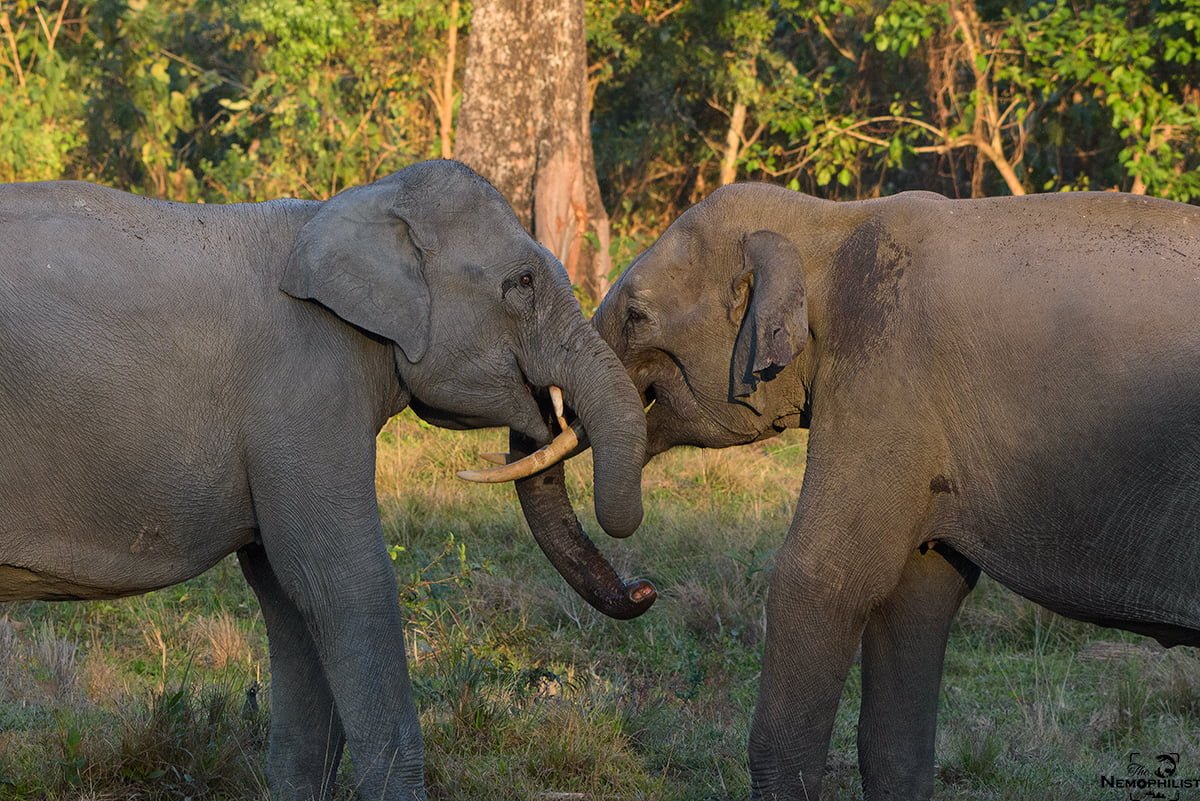
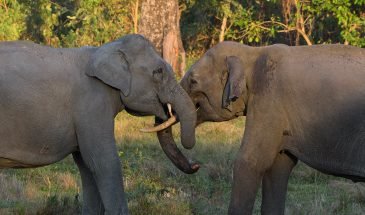




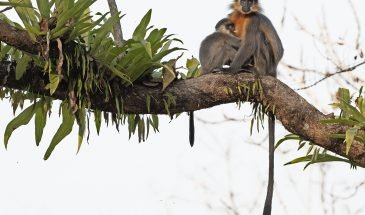

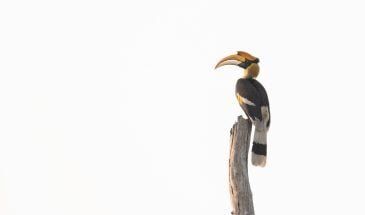
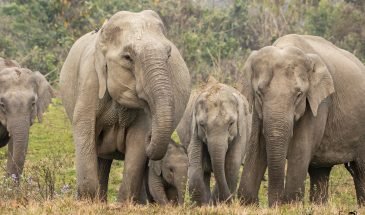
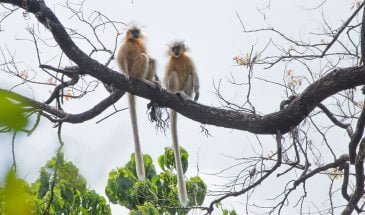
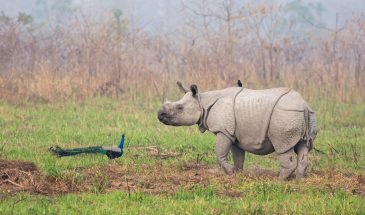
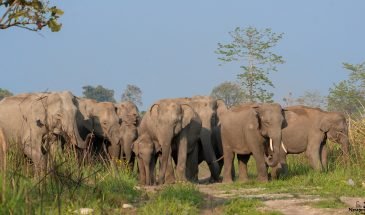






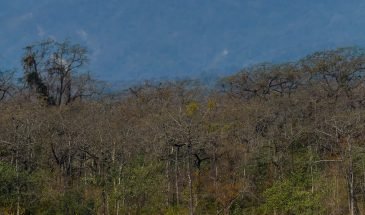

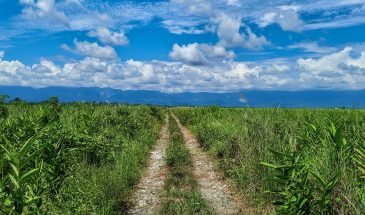
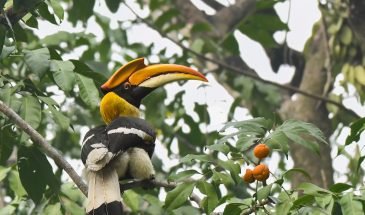

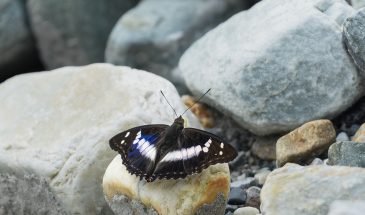


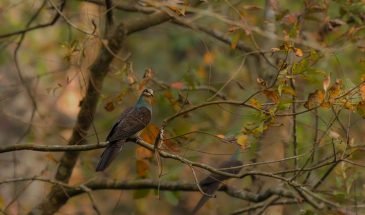
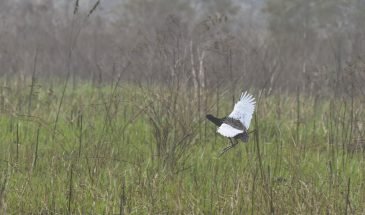

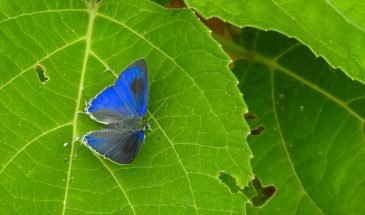

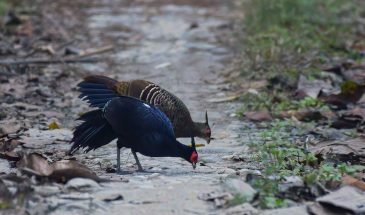
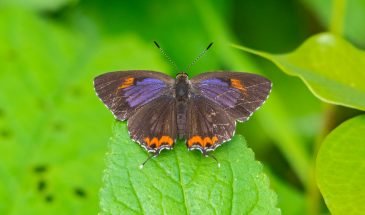

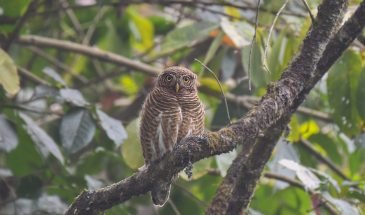
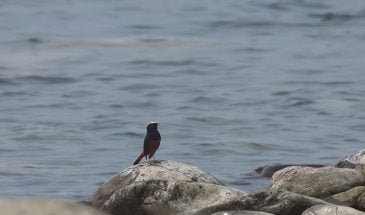
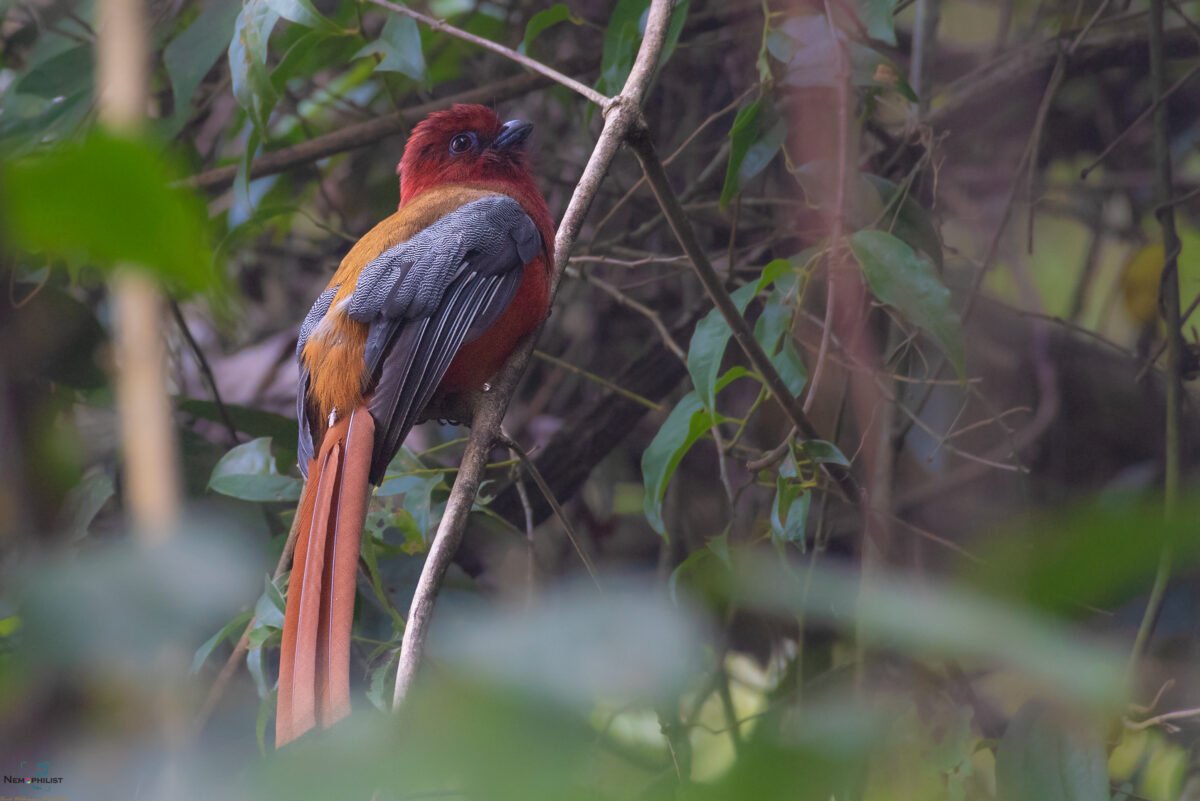
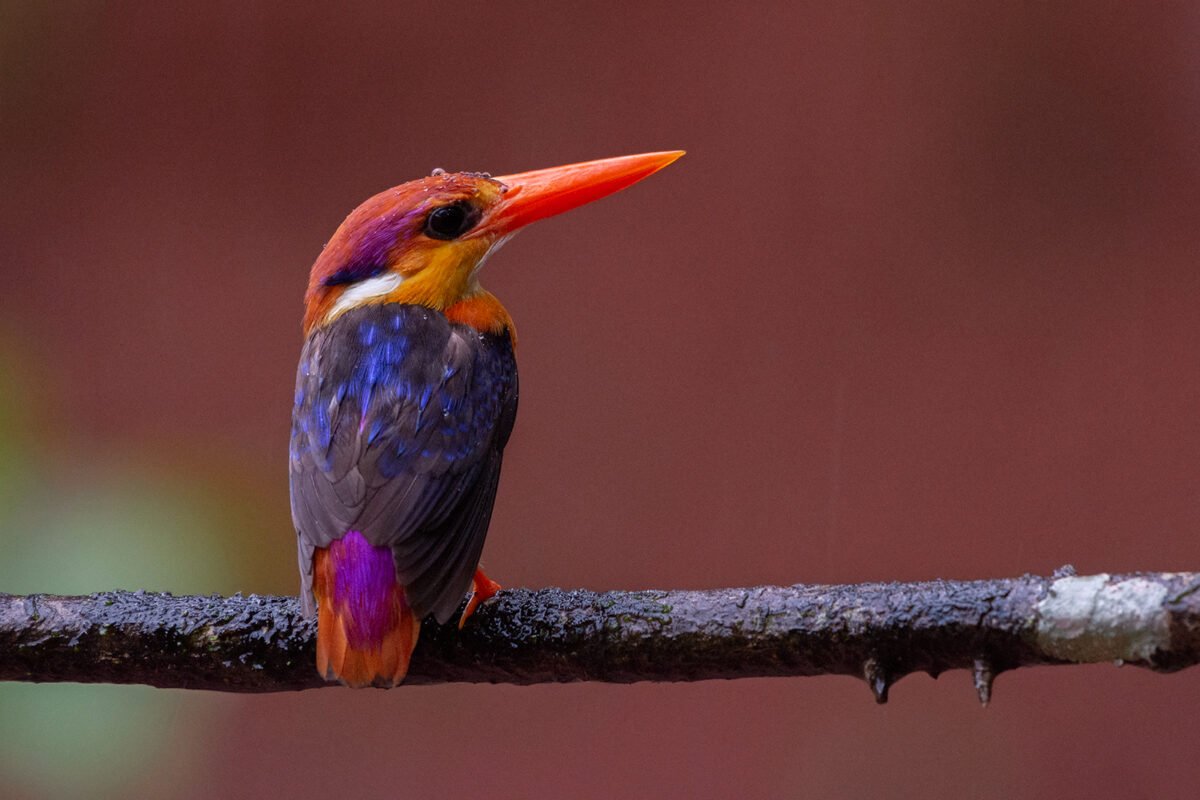
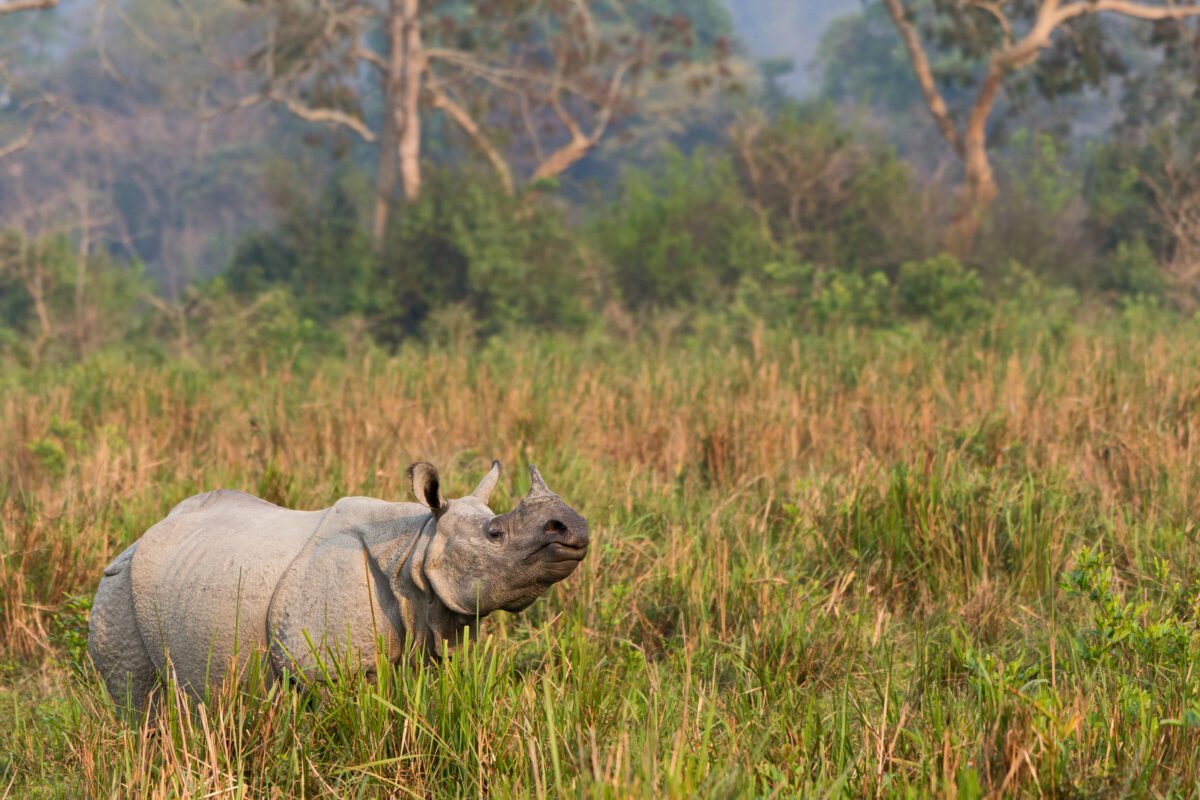
There are no reviews yet.